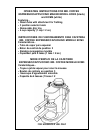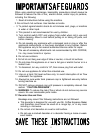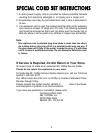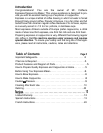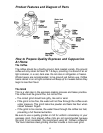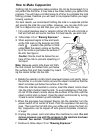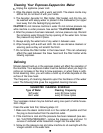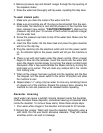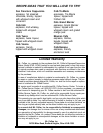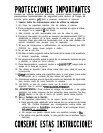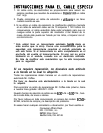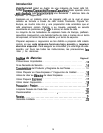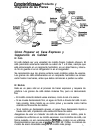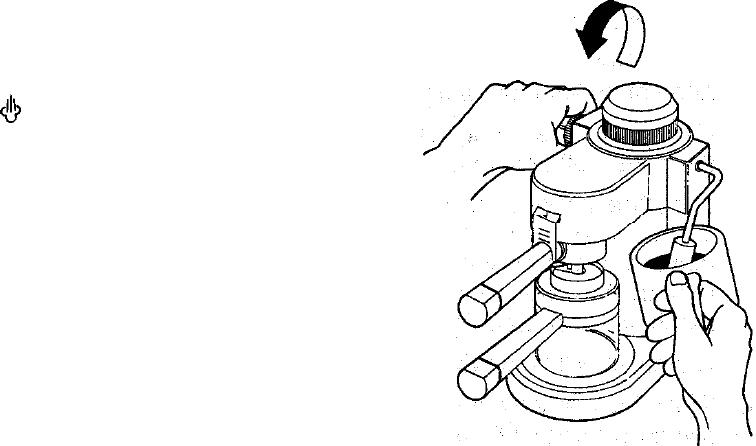
For best results, we recommend frothing the milk in a separate pitcher
,and
pouring the milk into your coffee. However, you can also froth your
milk in a cappuccino cup and then pour your coffee into the cup.
1.
2.
3.
Fill a small stainless steel or ceramic pitcher
l/3
full with cold milk or
half and half and set next to machine. For best results, use skim milk.
Follow steps
l-5
on
“Brewing Espresso.”
FIGURE 4
When espresso begins to flow and
reach-
es the froth mark on the decanter and froth
mark
position the pitcher of milk
underneath the steam nozzle so that the
tip of the nozzle is just below the surface of
the milk. See figure 4.
How to Make Cappuccino
Frothing milk for cappuccino takes practice. Do not be discouraged if it is
not perfect the first time. It may take a few times before you perfect this
process. You will have a limited amount of time to complete the milk
frothing process, therefore you will need to be prepared before you begin
brewing espresso.
Caution:
Nozzle must be below the sur-
face of the milk to prevent splashing of
hot liquid.
Note:
Because warm milk does not froth,
the milk should be frothed from just below
the surface first and then heated by insert-
ing the nozzle further into the milk.
4. Rotate the selector control knob downward slowly and gently move
the pitcher in a circular motion around the steam nozzle so that the
steam circulates just below the surface of the milk.
When the milk has doubled in volume, insert the steam nozzle down
into the milk to further heat the milk. To avoid splattering of hot milk,
do not lift the steam nozzle above the surface of the milk until the
steam control knob is closed. Close the steam control knob by turning
it back to center matched up with indented line.
5. When the espresso has stopped flowing into the decanter, turn the
power switch off at center of knob. Pour the espresso into serving
cups. Then pour the hot milk into your coffee and scoop the foam on
top. Cappuccino can be topped off with ground chocolate, cinnamon,
or sugar.
6. Unplug the power cord and allow the machine to cool. Do not
remove pressure cap until the pressure in the machine has been
released. See section “CAUTION-PRESSURE”.
7. Continue to follow steps 7-8 on
“Brewing Espresso.”
8



